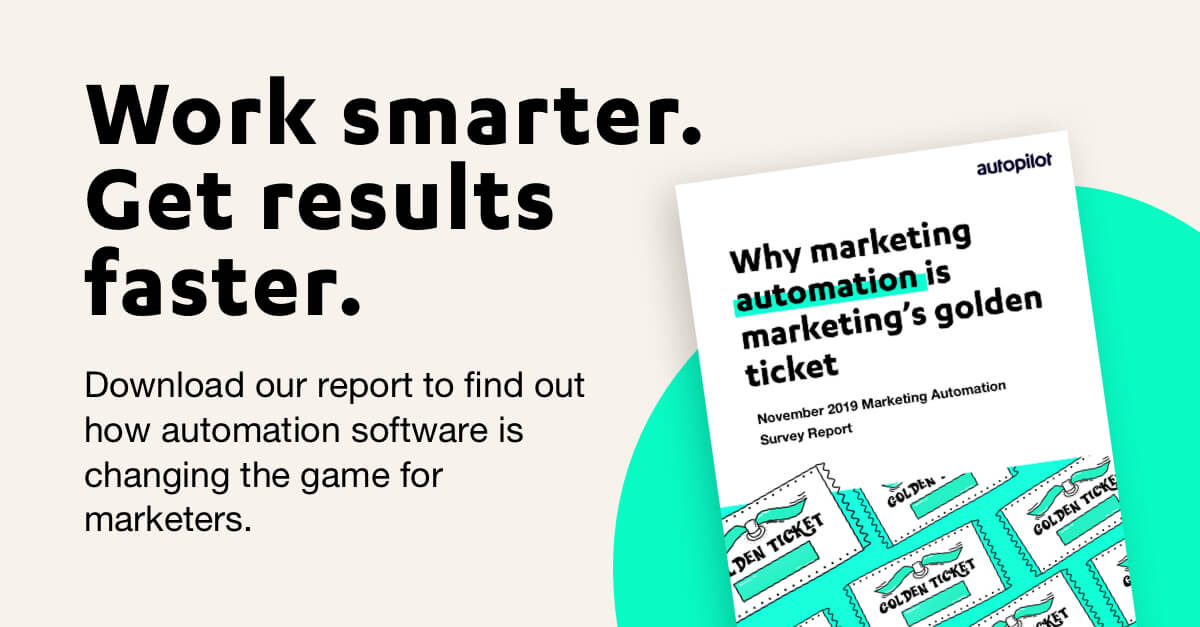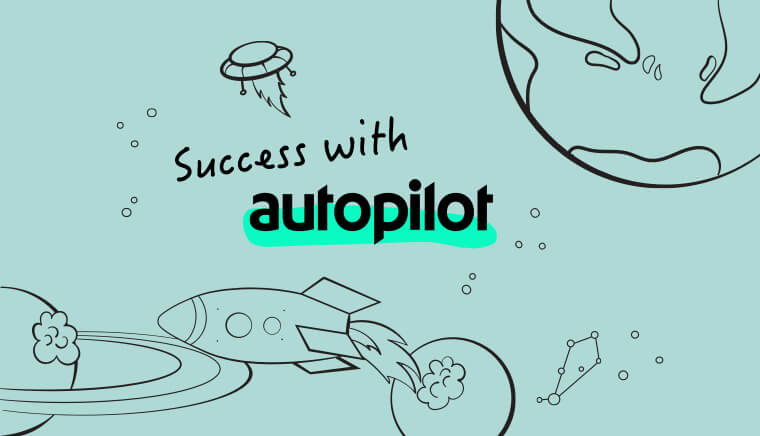August 5, 2020
Waiting list management
“Join our waitlist”
Anyone who’s tried to make a medical appointment at short notice, inspect a property in a popular location, or book into a fancy restaurant, knows the “join our waitlist” call to action. Whilst being added to a waitlist is not the primary intent of a potential customer, and perceptibly it’s a business being unable to meet a customer request, waitlists are surprisingly effective as a strategy to capture contacts that a business might otherwise lose. By some reports, 50% more visitors to a website will respond to a ‘waitlist’ CTA over a standard ‘contact’ form.
This waitlist then becomes an invaluable marketing tool. It represents a list of potential customers that have provided their details, opted in to receive email and other communications, and who have already taken an action and engaged with a business. The contacts can then be nurtured through a specific email campaign that can worry less about sales based CTA’s, and instead emphasize the character of the business, as well as any additional offerings that may be of interest.
For example, COVID-19 restrictions on the number of patrons at restaurants and bars has resulted in thousands of customers signing up to online waitlists. As this engaged audience ‘digitally queues’ for a booking, venues are serving them targeted content that not only provides updates on pending bookings, but also promotes their online offerings such as takeaway cocktails and food, as well as running special promotions such as discounted food and drink vouchers.
The ultimate goal is to hold a contact’s interest until an appointment, product, or booking becomes available, and use that time to increase their interest in your products or services, whilst upselling where possible. And if you set that up as an automated journey with Autopilot, it will run efficiently in the background and require no time from you or your team.
Setting up your automated waitlist management journey
This Waitlisting contacts journey gives you the ability to capture form submissions and sign contacts up for your waitlist, before adding them to an email nurture campaign. Once you’ve collected your contacts on a list, you can keep in touch with them as frequently as you like. We’re using the example of an educational institution collecting enrolment enquiries years in advance of placement, and managing them on an annual basis. However, you can use the same journey logic to manage shorter term waitlists as well, or even use this journey to keep contacts in the loop for things like product updates and launches.











